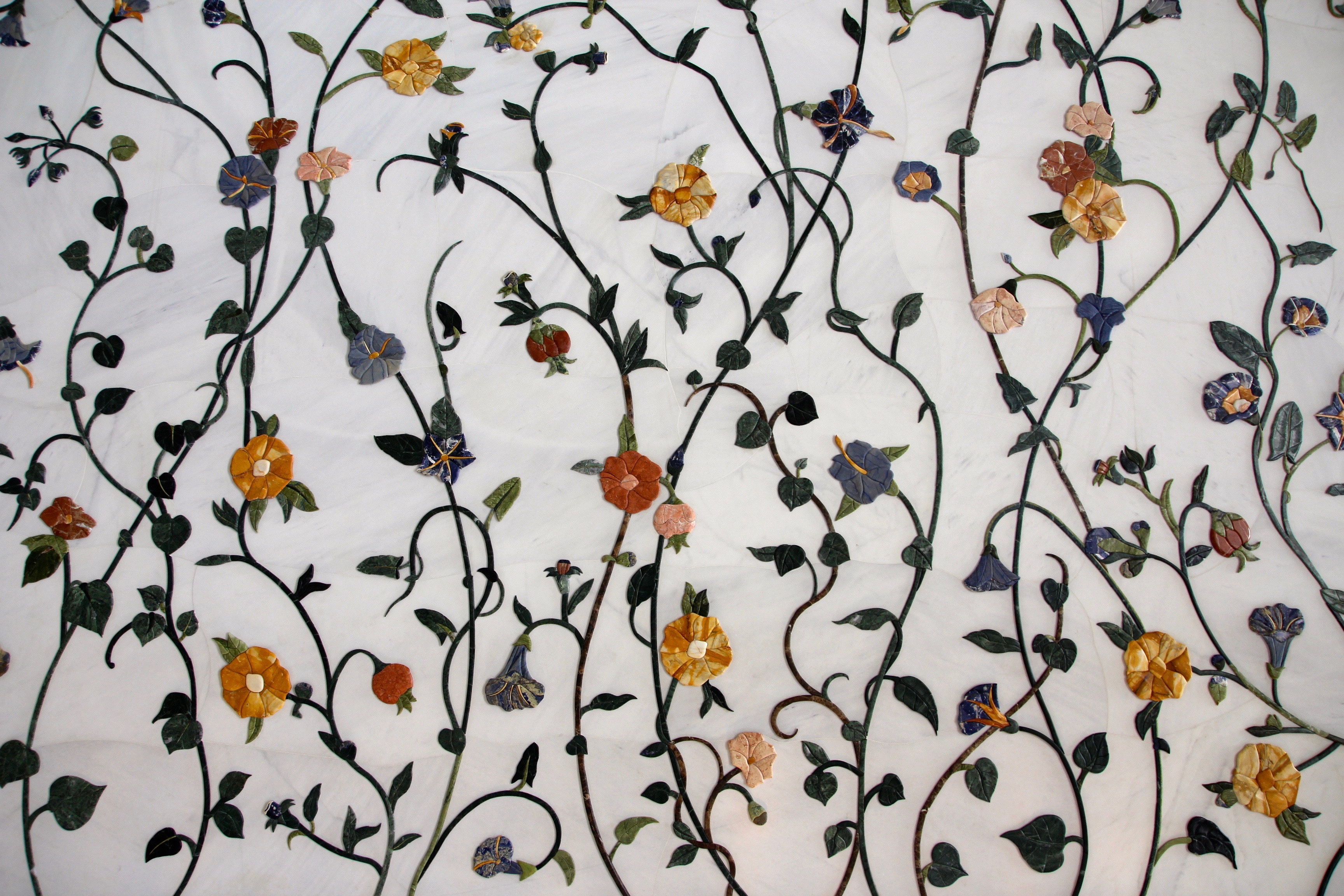I read the tweet below from @AuthorCCallahn and thought, ah copyright law. My old nemesis.
Friendly reminder that all art/images belong to their owners. If you aren’t buying the rights, you probably can’t use it.
That means any aesthetics you make using pictures from google images/pinterest/etc. are stolen work and you can be sued for it. Don’t steal art.— Cit Callahan (@AuthorCCallahan) 29 January 2019
I kid. It’s not my nemesis. But as a librarian, I’ve come across questions of copyright more often than your average teacup. So I thought I’d share my knowledge, to keep us all on the safe side of the copyright beast.
Have you made aesthetics using images from Pinterest without considering about who owns those images and whether you have permission to reuse them? Of course you have. Fan culture is big on remixing and reuse – it’s a joyful and creative world out there! – but copyright law is generally not down with this. Although there are plenty of reasons for copyright reform, these laws are intended to protect creators, and it’s worth adhering to them.
Especially – and this is key – if your book aesthetic is for commercial use.
Here’s the main thing to keep in mind: If you adapt and reuse images without permission from the creator, you’re in legal muddy water. If you adapt and reuse images without permission or acknowledgement, and make money from those images, oh no, you’re NECK DEEP in muddy water.
Basically, if you’re an author (selling books! which aesthetics promote!) or a blogger who makes any money from your blog, you should only use images that you’re explicitly allowed to use.
How do I know if I’m allowed to use an image?
You’ll know because the image will be explicitly tagged with a licence allowing you to re-use it. Many creators now use Creative Commons licenses. By putting a creative commons licence on an image, a creator can a) retain copyright while b) allowing other people to use their work without paying a fee but c) only in the way that the creator dictates. For example, if a creator is fine with you using an image, but only if you don’t modify it, they can specify that.
There are a ton of different licences, but if you’re creating aesthetics that have commercial value (e.g. promo your book) then you want images shared under a CC-BY licence. This licence lets you do whatever you want with the image, as long as you explicitly provide attribution. Explicit attribution means providing the name of the creator, the source URL, and the licence you’re utilising the image under.
CC-BY is great if you’re using one image on a website, but is a bit more of a pain if you’re creating an aesthetic using multiple images. Also, making attribution stick to an image when it’s shared by tons of other people on Twitter, Insta and Tumblr? Pretty bloody difficult.
That’s why I suggest you look for public domain images, or images under Creative Commons Zero (CC0). These are images you can use commercially, however you like, without attribution. It’s super great!
That’s great and everything Tasha, but where can I find free images?
Good question, my friend. You can look in lots of places, but I’m going to focus on ones where you’ll probably find useful, good quality images.
You can find Creative Commons images, under various licences, at Flickr Creative Commons. You need to wade through some dreck, but you can find some real gems.
Unsplash is full of stunningly gorgeous, artistic photography, and you can use all of it under Unsplash’s licence, which is very much like CC0:
Unsplash grants you an irrevocable, nonexclusive, worldwide copyright license to download, copy, modify, distribute, perform, and use photos from Unsplash for free, including for commercial purposes, without permission from or attributing the photographer or Unsplash. This license does not include the right to compile photos from Unsplash to replicate a similar or competing service.
Unsplash
Pixabay and Pexels both have loads of lovely images, and provide explicit public domain or CC0 licences to the right hand side of each image you click on, so that you know you’re being a good and copyright-compliant egg.
You can also search Google for reusable images, although I’m a wee bit distrustful of this, and recommend you double and triple check before using anything you find via Google Image Search. To use Google Image Search, do your search, click on ‘Tools’, select ‘Usage Rights’ and go for ‘Labelled for reuse with modification’. It’s not perfect – which is why you need to check the webpage for the explicit licence – but it’s not bad.

But Tasha, don’t you know how hard it is to find CC0 or public domain images of POC?
I KNOW, I KNOW, AND I HATE IT. But I can’t provide a solution for this, pal. I can only mutter grumpily about it with you, as I go through 1000x pages to find someone who looks kind of South Asian. (Also: paying POC creatives is a good thing. We should do more of it.)
But can you really make a nice aesthetic using free images? Really?

I made this book aesthetic for my novel Empire of Sand using nothing but CC0 images. So yes, it’s totally possible!
